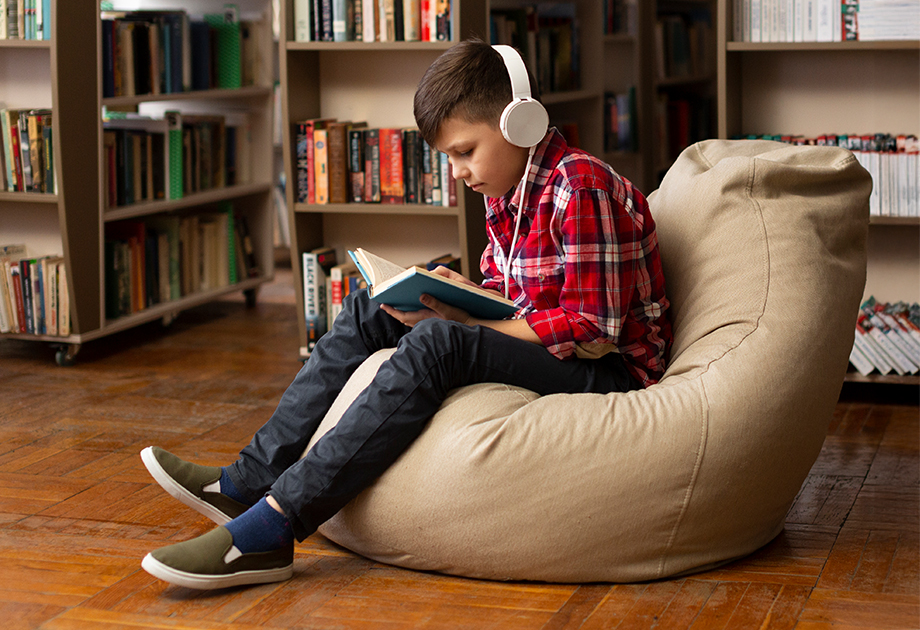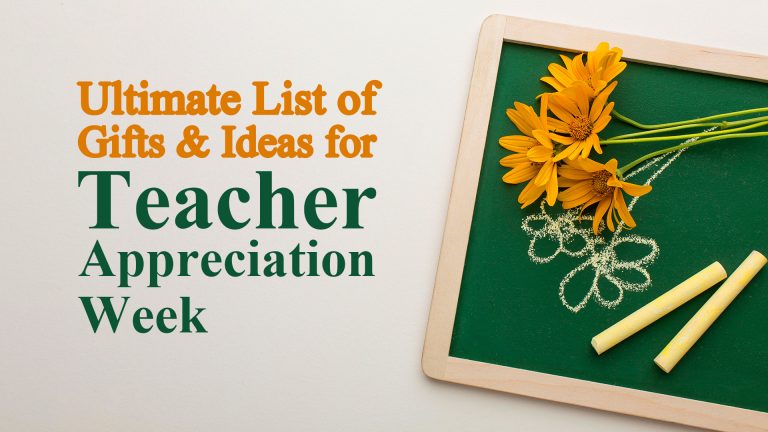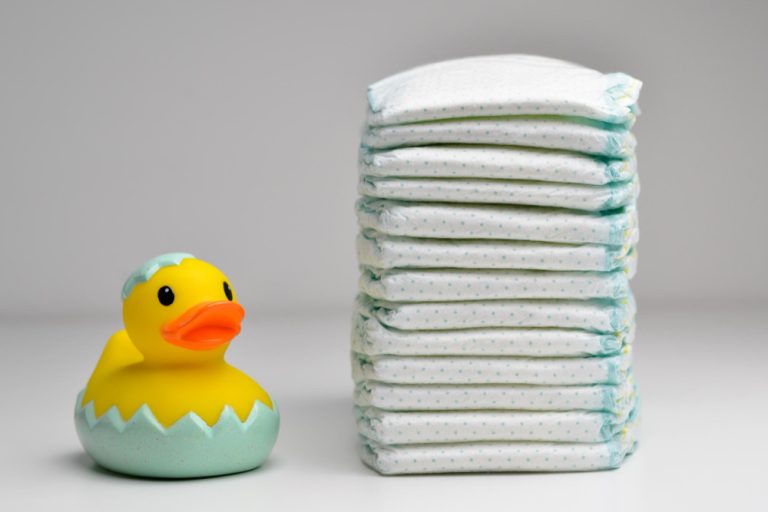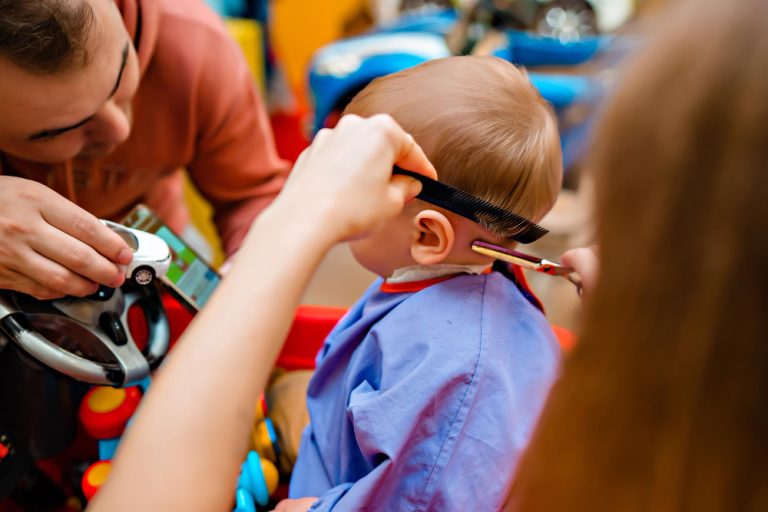How To Create An Amazing Home Library For Kids?
Imagine a corner in your house inspired by fiction and non-fiction alike where imagination soars, the adventure kicks off with the opening of a book, and consequently, your child’s full universe includes not only her room but also the nonvisible world—this is the huge power of a home library. A home library for kids is a gateway to imagination, knowledge, creativity, etc.
A carefully created home library for kids may be the most important thing during their development as it introduces them to the world of books and learning. This blog will give you all the necessary steps and advice on how to create a functional and inviting area that will encourage your children to explore the vast world of literature.
The Importance of a Home Library
Adding a home library to your living space can bring many advantages to your children:
Improve Literacy Skills
Reading books regularly has the most positive impact on children’s reading abilities, vocabulary acquisition, and comprehension thereby making sure a large amount of exposure to words. By providing them with a wide range of reading materials that are immediately available, they will naturally develop their language skills at their own pace.
Promotes Lifelong Learning
On the other hand, a home library is a constant, never-forgotten source of information and fun, which may give rise to a habit of learning throughout life.
Encourages Independence
A home library is a place where children can go and choose their favorite books and free time, thus, they can create their own learning schedule. It can be an easy way of building self-esteem as they begin to make decisions on their own.
Cultivates a Reading Habit
Your home is a library of books ready for your children to borrow from daily, hence, these are more likely to join reading in their daily agendas – this can help them not only in school improvement but also by providing them a fun and useful leisure activity.
Selecting the Ideal Location
The proper spot in your home to install the library is one of the most important steps. Here’s what to ponder:
Accessibility
The space school should be in the plant so that your daughter can walk to the library independently. This involves locating the child’s storage and shelves on the proper side and in a well-known busy area of the house.
Lighting
Reading a book is possible only when the room has an appropriate lighting condition. Be it day or night, the combining of natural and artificial light sources ensures that the properly lit area which is important for eye health, and comfort is always available.
Comfort
Give your child comfortable seating options like bean bags, soft chairs, or small sofas which can provide the sweetness of the space and the possibility of involuntary prolongation of reading.
9 Tips to Create a Home Library for Kids
Building a home library for your kids is an exciting and educational undertaking that gives them the opportunity to develop a love of reading and lifelong learning. Here are some practical tips to help you set up an inviting and functional home library for your children:
1. Select a Dedicated Space
Identify a special area in your home that can be used for your kids’ library. Although, it does not require to be big; a cozy nook or a small portion of a room can be more than enough. Send an email to your children and make sure that they know it’s a place where they can relax and that has easy access.
2. Make It Accessible
Place books in lower shelves or in a bin that is easy for children to access. Safety and height of the furniture should be considered before choosing any furniture pieces as bookcases shouldn’t pose the risk of falling over. The use of forward-facing bookshelves will also help the young reader identify and pick the right book.
3. Include Comfortable Seating
Put in a comfortable chair, a bean bag, or maybe even a little Daisy. Decorating with soft materials and a few cuddly toys can turn the place into a cozy and amiable environment where children will like to stay and read for a long time.
4. Light It Right
Quality lighting is an indispensable element of a reading space. Guarantee there is enough sunlight during the day and a good bright reading lamp during the darker hours that will not spoil your children’s eyesight.
5. Rotate Books Regularly
Make the library look new and interesting by regularly turning the books making their stay interesting. This will likely help with the disinterest that occurs in reading, as well as stimulate them with different subjects and genres. Seasonal motifs such as regular rotations are evident examples of the extent of human cooperation.
6. Organize Thoughtfully
Sort and display books prepared in a way that is favorable to kids’ preferences in choosing what they are interested in. This can be by shade, size, type, or the level of reading. Kids, through the thriller of sorting, and the simplicity of groupings, can independently pull out and stack books here.
7. Create a Display Area
Have a unique spot where you show books that are new or are being promoted for specific reasons (such as holidays or themes), an area that is specially designed to display those books. This is a good way of focusing on the specific books that start some children’s attention and make them interested in reading.
8. Set a Reading Routine
Motivate the learners to the library through, read-in times, which include asking the reader to regularly read papers and the performances of family reading times. Besides, children can adopt this practice and might grow up to be readers for life.
9. Use Library Resources
One of the things to keep in mind is that your library is great but also cheap if you are on a budget. You can take books on loan from there and swap them with the ones in your home library. The other thing is that it is a good opportunity for the children to explore which categories of books they generally like before you proceed with the purchase.
Curating a Diverse Book Collection
The core of any library is its collection. In order to build a captivating and learning-driven library at home, consider these ideas:
Age-appropriate Books
Pick the books that your child’s reading level permits. Her reading skills will be enhanced through increasingly more difficult reading materials without being burdened with abstracts that are both meaningless and too complex.
A Broad Mix of Genres
Don’t miss out on the opportunity of injecting as many genres as possible to the different interests sectors-horror, fantasy, sci-fi, mystery, non-fiction and educational books, all are suitable for his/her reading fondness modern library and your child may have a one-dimensional, if they will not have the complete viewpoint of different genres.
Interactive and Board Books
At an early age, you might consider purchasing books with movable elements such as knobby textures, audio, or hide-and-seek activities because they can make reading more fun for your child.
Cultural Diversity
As you pick multicultural books for your child’s library, make a conscious effort to select books that have different settings and diverse characters from their lives. These books will in turn help them to exit from the world that could have been a torn piece of paper, segregated into houses of different types, or just mentioned a few items because that seems to be the conception sometimes.
3 Effective Organization Strategies
A library with a clear organizational structure is such a pleasure to visit, and reading becomes a much smoother process.
Implement these organizational tips:
- Categorize Books
Separation can be made based on genre, author, or reading level. You may also utilize labels or cleverly color-code the books to aid your child in finding, borrowing, and returning them easily.
- Rotate Books
Regularly changing the books according to season, level, or theme, will allow your collection of books to resemble a box of chocolates. Thus, the space is not only a stimulating space that accommodates diverse interests but also a dynamic one that keeps up with your kid’s interests.
- Make sure Accessibility
Put books at comfortable levels for your child to grab them without any trouble. These low-hanging shelves are ideal for toddlers who can insert/withdraw the books on their own over time.
Maintaining and Refreshing Your Library
In order to make a personal library interesting and pleasant, some regular maintenance is required:
Routine Cleaning
The books and the shelves are to be dusted and cleaned frequently to make the area inviting and hygienic as well as aesthetically attractive.
Condition of Books
Be aware of the physical condition of the books as well. If necessary, mend or replace damaged or worn-out books to satisfy an orderly and put-together library.
Child’s Involvement
Promote your child’s creativity as well as the tidiness of the library by letting them decamp books and cleaning shelves too. This is to include triple sorting, buying new ones, and thus getting rid of old stock or retiring them too.
Engaging Library Activities
Boost the use of your home library with engaging and educational activities:
Story Time Sessions
Allocate a particular story time session in which you will read with your child. In addition to the cuddles, it also gives the kids the best example of how to read well.
Literary Crafts and Projects
When you are done with the book, let your child go on from there and do crafts or projects that are related. An example of a thing that can be done is, drawing scenes from the story or making a character puppet. Such activities are the learning experiences that are beyond the page.
Reading Challenges and Rewards
Create reading challenges that include small rewards for your child. In this way, the little one will become very enthusiastic about reading. Challenges can be the number of books read, a mixture of genres, or even completing a series.
The Final Note
Adding a home library for kids is not just giving them books but is building a warm, stimulating environment for their educational and private development. You make the base level of the supplies by choosing a place properly, putting together a wide variety of books, and keeping an organized and friendly room that creates a good atmosphere for lifelong reading.
Also, connecting with your kids together with weekly activities and assigning them to take care of their library is how they learn to like their books and the education that comes with them, too. Keep in mind that each book your child picks up is not only building their knowledge and vocabulary but also journeys into new worlds, thoughts, and opportunities.
A home library for kids is, of course, one of the best things to happen in this regard as it enables them to make good decisions, have a richer imagination and be successful in their studies. You know that your child pulling the book from their own library is like handing them an invaluable resource that they can rely on for learning, discovering, and dreaming.







